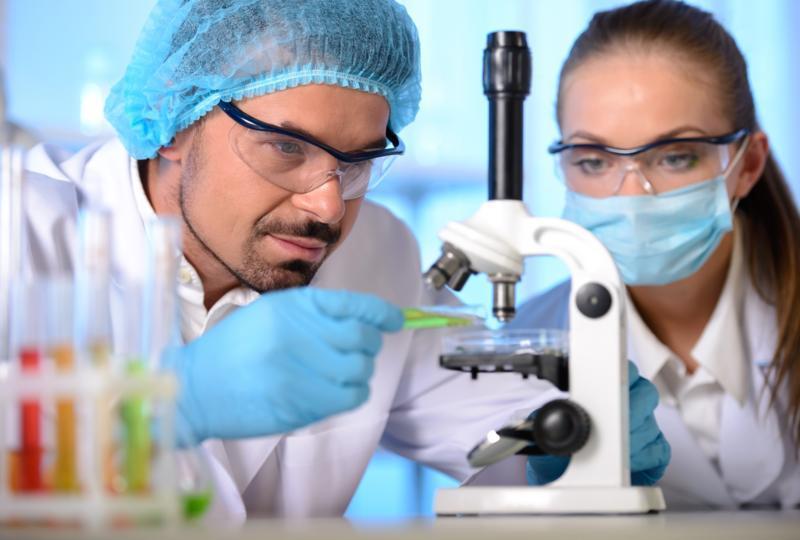CRISPR Helps Get Closer to Cure for Duchenne Muscular Dystrophy
What is CRISPR?
Knowing what and where the gene mutations are did not solve many problems, it only helped to identify and understand the problem. Geneticists started their search for tools that can help them to successfully and efficiently edit genetic materials.
This is where CRISPR comes into play. CRISPR is learning from one of the smallest of beings that we call bacteria. It is a part of an adaptive immunity of bacteria, which plays a role in defending them from viral attacks.
Once a particular virus has attacked the bacteria, it keeps a small copy of the viral genetic material for future reference. On the repeated attack, bacteria can identify the attacking virus, edit its genetic material, and thus neutralize the threat. All this is possible through the mechanism called CRISPR (Clustered Regularly Interspaced Short Palindromic Repeats). The enzyme Cas9 in CRISPR acts as genetic scissors, while gRNA is the reference material providing information to Cas9 about editing.
What the modern geneticists have been able to do is adapt the CRISPR according to their use, providing Cas9 their copy of the gene to be edited, that is providing the gRNA of their need. In Duchenne muscular dystrophy, they provide Cas9 the copy of the mutated gene (in the form of gRNA) to be edited, and the job is done.
